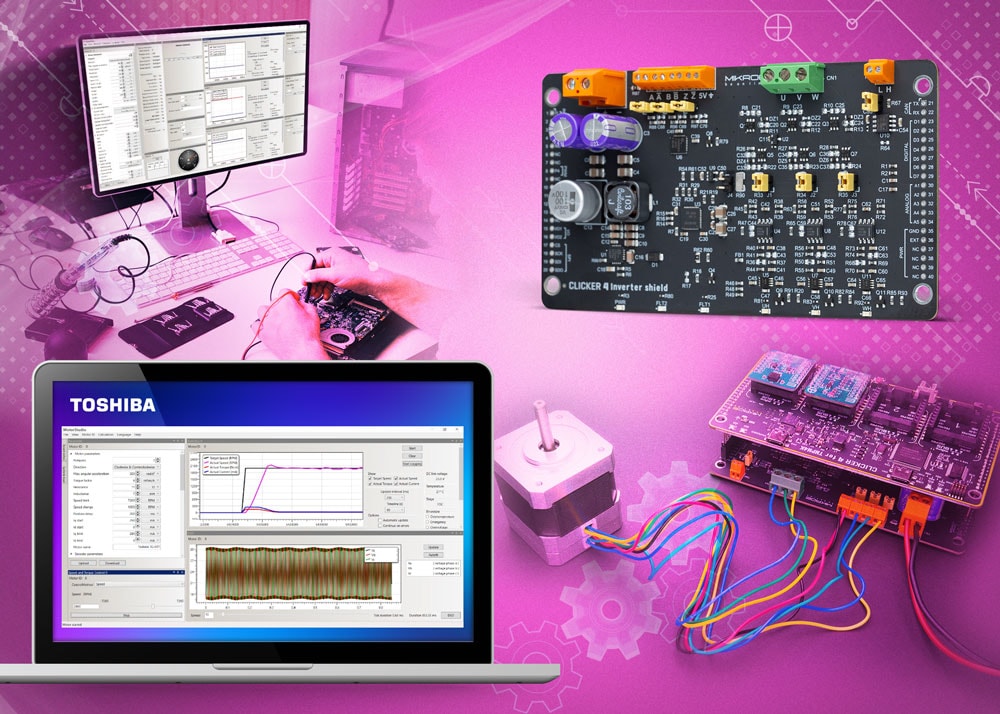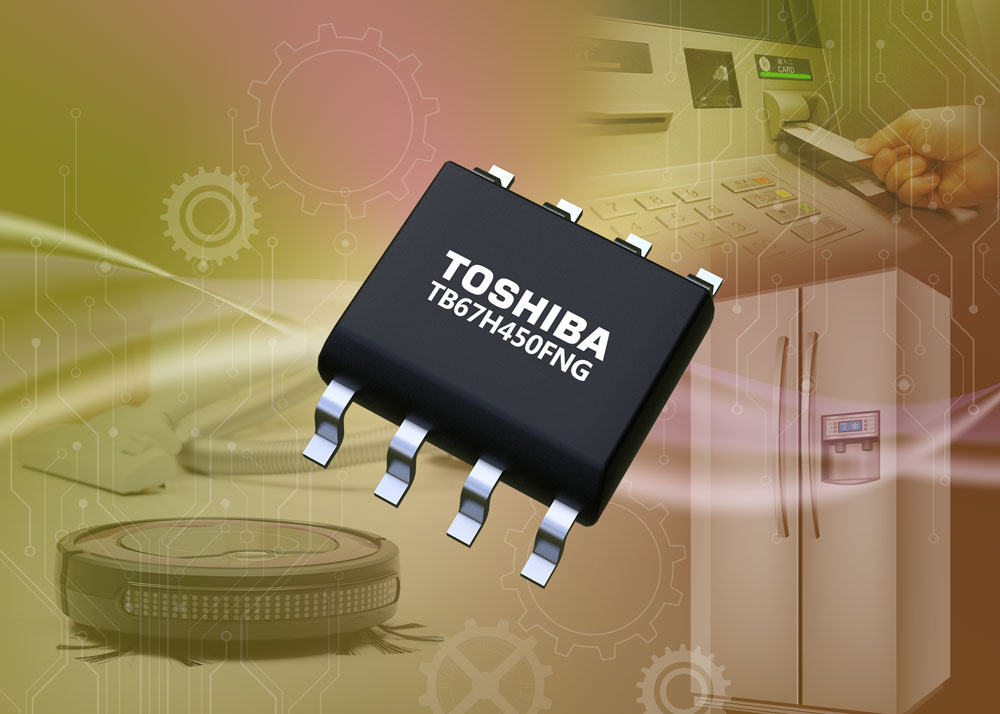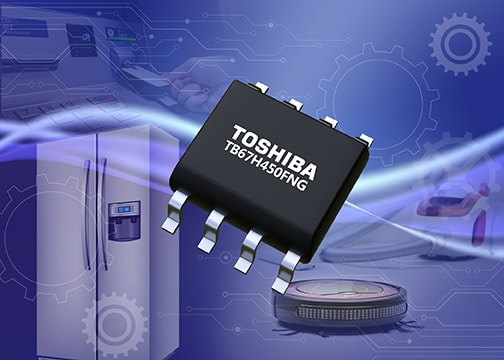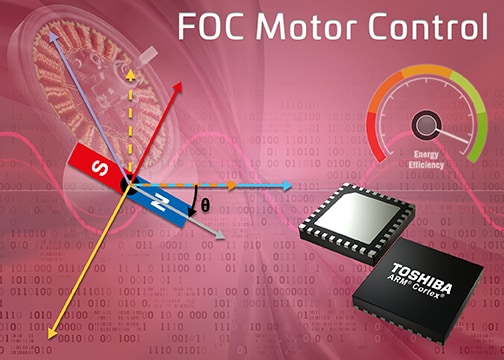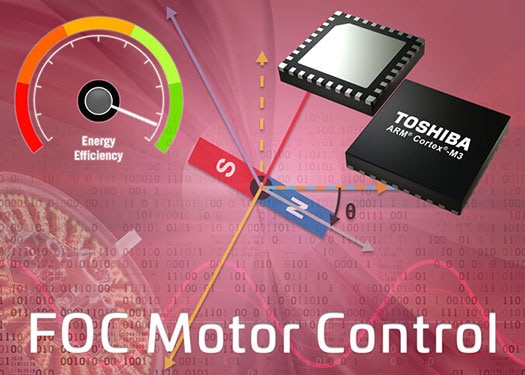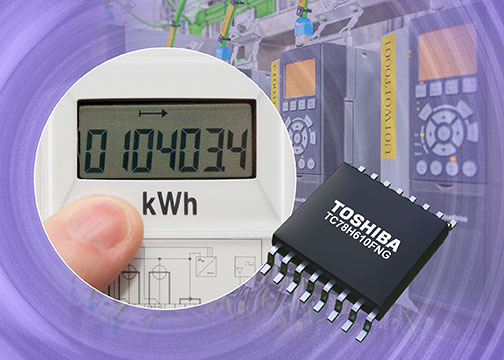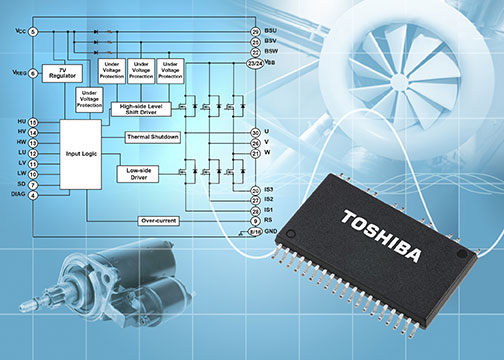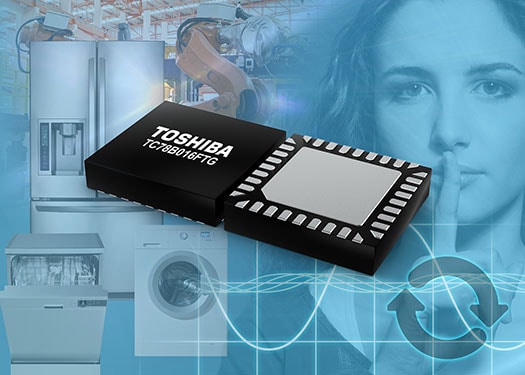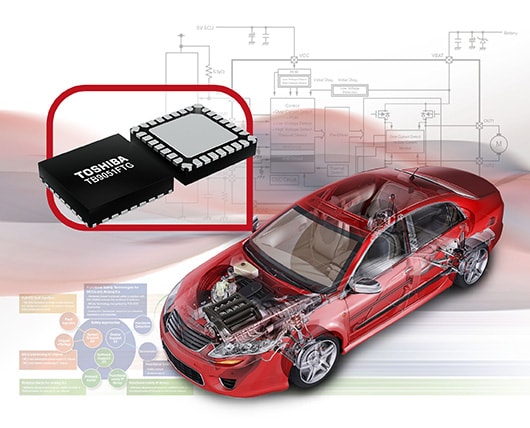- General Top
- SEMICONDUCTOR
- STORAGE
- COMPANY
-
My ToshibaSemicon
- Semiconductor Top
-
ApplicationsAutomotive
Body Electronics
xEV
In-Vehicle Infotainment
Advanced Driver-Assistance Systems (ADAS)
Chassis
IndustrialInfrastructure
BEMS/HEMS
Factory Automation
Commercial Equipment
Consumer/PersonalIoT Equipment
Healthcare
Wearable Device
Mobile
Computer Peripherals
-
ProductsAutomotive Devices
Discrete Semiconductor
Diodes
Transistors
Logic ICs
Analog Devices
Digital Devices
Wireless Devices
※
: Products list (parametric search)
Power SemiconductorsSiC Power Devices
※
: Products list (parametric search)
Isolators/Solid State RelaysPhotocouplers
Digital Isolators
Solid State Relays
Fiber Optic Transmitting Modules
※
: Products list (parametric search)
MOSFETsIGBTs/IEGTsBipolar Transistors※
: Products list (parametric search)
Diodes※
: Products list (parametric search)
MicrocontrollersMotor Driver ICsIntelligent Power ICs※
: Products list (parametric search)
Power Management ICsLinear ICs※
: Products list (parametric search)
General Purpose Logic ICsLinear Image SensorsOther Product ICsOther Product ICs
※
: Products list (parametric search)
-
Design & Development
Design & Development
Innovation Centre
At the Toshiba Innovation Centre we constantly strive to inspire you with our technologies and solutions. Discover how to place us at the heart of your innovations.
-
Knowledge
Knowledge
Highlighted Topics
Further Materials
Other
- Where To Buy
- Part Number & Keyword Search
- Cross Reference Search
- Parametric Search
- Stock Check & Purchase
This webpage doesn't work with Internet Explorer. Please use the latest version of Google Chrome, Microsoft Edge, Mozilla Firefox or Safari.
require 3 characters or more. Search for multiple part numbers fromhere.
The information presented in this cross reference is based on TOSHIBA's selection criteria and should be treated as a suggestion only. Please carefully review the latest versions of all relevant information on the TOSHIBA products, including without limitation data sheets and validate all operating parameters of the TOSHIBA products to ensure that the suggested TOSHIBA products are truly compatible with your design and application.Please note that this cross reference is based on TOSHIBA's estimate of compatibility with other manufacturers' products, based on other manufacturers' published data, at the time the data was collected.TOSHIBA is not responsible for any incorrect or incomplete information. Information is subject to change at any time without notice.
require 3 characters or more.
Maximizing Motor Control Effectiveness at Lower Operational Speeds

BLDC motors have significantly better torque to weight ratios, higher efficiency levels and greater reliability than brushed motors, with there being increased use of them in contemporary electronic designs. As BLDCs cannot rely on the direct commutation function that is available to their brushed counterparts, electronic commutation methods are needed to control them. Often this means magnetic sensor devices are employed to measure the current passing through motor’s stator windings, in order to give ongoing status of the rotor’s position. Such arrangements do, however, have disadvantages in terms of cost and space utilisation.
Undertaking this work without the use of sensors, by continuously monitoring the back EMF figures, has several major logistical benefits from an engineer’s perspective. The motor system can thus be more streamlined and less expensive to implement, as well as supporting a longer operational lifespan. Field-oriented control (FOC) is a popular technique via which this can be achieved - allowing the precise position of a BLDCs rotor to be calculated at any time. Though this is very effective when the motor is running at normal rotational rates, it is difficult for FOC algorithms to obtain accurate positioning data at lower rotational rates. Under such circumstances, the FOC setup must be supplemented by the applying of a high-frequency signal. The torque ripple resulting from this will unfortunately lead to acoustic noise and vibrations being present within the motor system.
There are a wide range of different applications where vibration and noise generation of this kind would be a distinct operational disadvantage. These include the compressors used in domestic appliances, climate control systems, conveyor belts, etc.
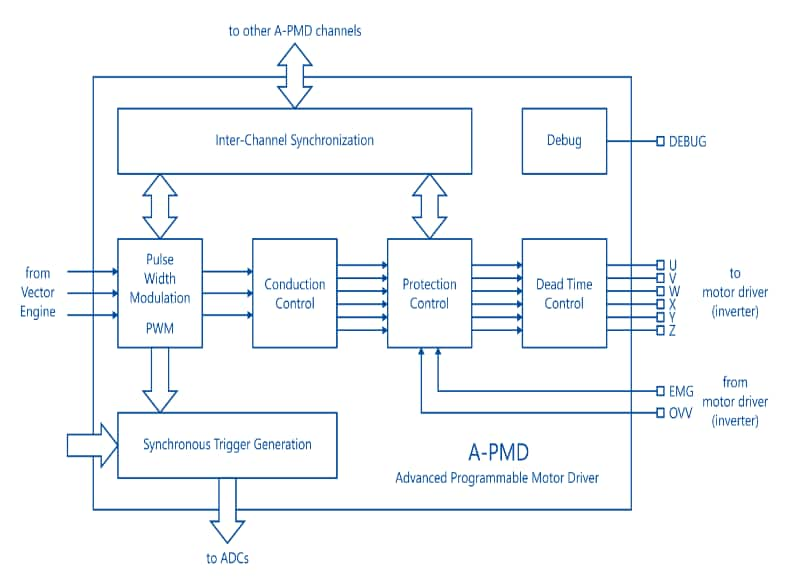
The Advanced Programmable Motor Driver (A-PMD) technology featured within Toshiba’s M4K MCUs provides a way of solving this problem. A-PMD eliminates the need to apply high-frequency signals to FOC motor control systems when the BLDC is running at lower speeds. This strategy relies instead on symmetrical PWM carriers being assigned to each motor phase.
You can download a detailed Toshiba whitepaper that discusses the advances being made in FOC motor control below:





